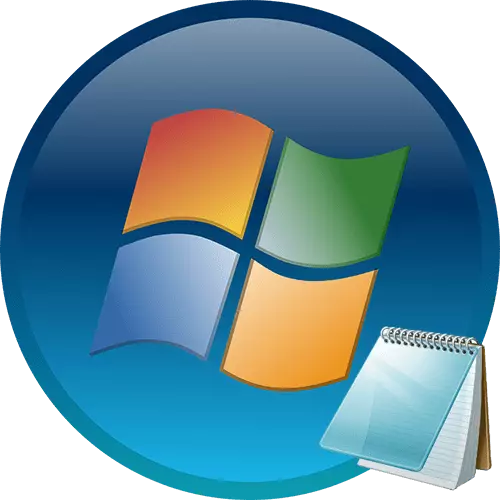
"Notepad" is a standard application from Windows that is available to any user. It is already preset in the system, and to open it, you will need to perform a pair of simple actions. We will tell about different embodiments of this manipulation in the article Next.
Opening "Notepad" in Windows 7
By default, "Notepad" is not difficult to find, however, the most novice users may not know how to do this in one situation or another. In addition, sometimes malfunctions may occur in Windows, during which the standard launch of this program will be impossible. We will analyze the main ways to run this application, and what to do if it is gone from the OS.Method 1: Start menu
Through the "Start" you can easily open different programs, including the interests of us today. Find it there as follows:
- Open the "Start" and go to "All Programs".
- Expand the "Standard" folder and click on Notepad.
- Instead of the first two steps, you can also simply open the "Start" and start typing in the search field the word "Notepad". Almost immediately the coincidence will appear, and you will only need to click on the result of the result by the mouse to run the launch.
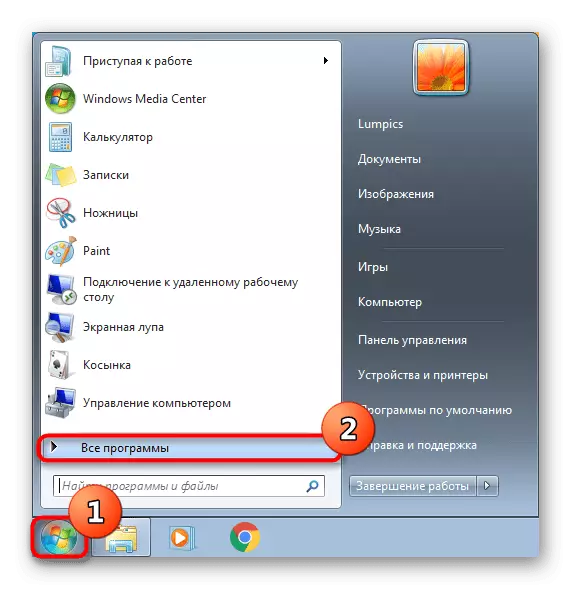
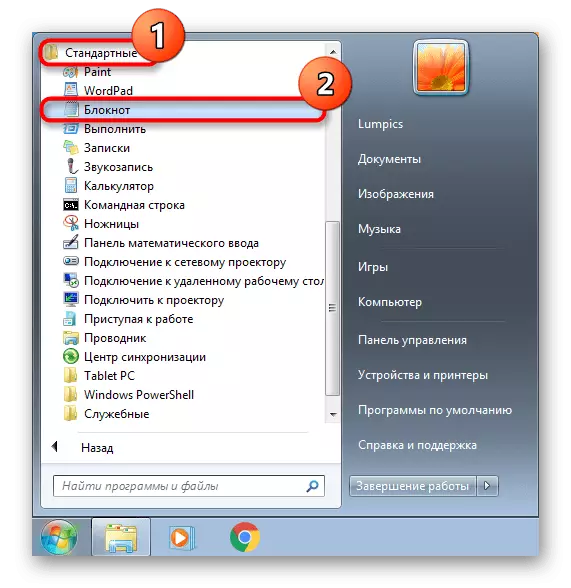
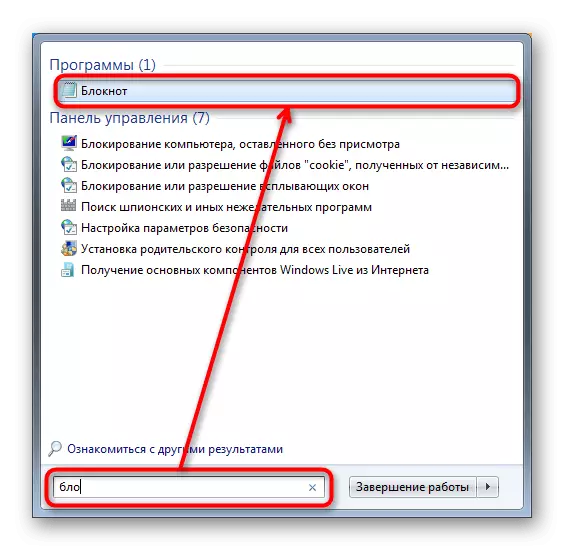
By the way, you can also consolidate this application so that it is always in fast access via the "Start" menu or taskbar. To do this, it is enough to find the "Notepad" specified above by the methods, click on it with the right mouse button and select the desired item.
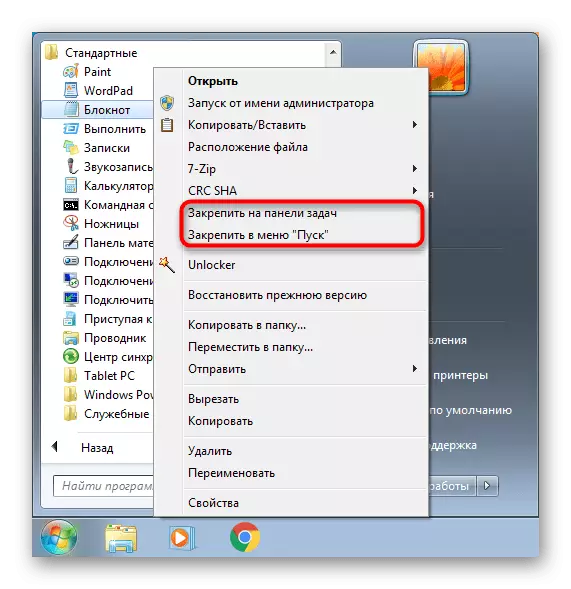
The action "Secure on the taskbar" places the program label on the strip "Start" (1), and "secure the Start menu to the corresponding menu (2), above all other results. From there "Notepad" does not disappear and will not change positioning until you do it manually.
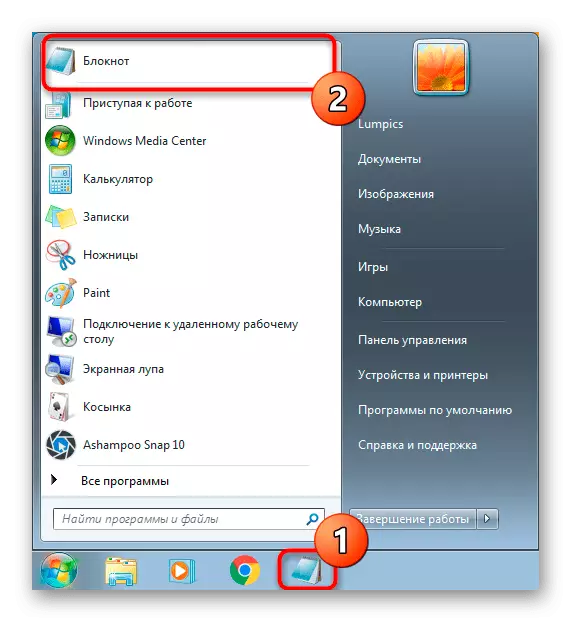
Method 2: "Run" window
In certain situations, the "Run" window will be more useful.
- Press the Win + R keys combination on the keyboard.
- In the NotePad window that appears and press ENTER or OK.
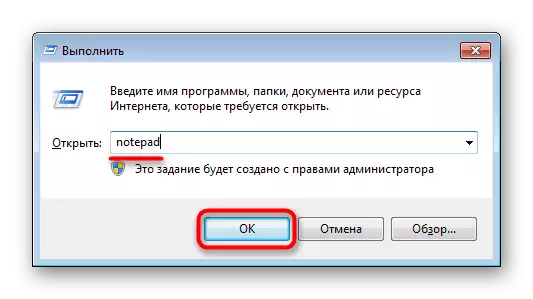
This instantly launches "Notepad".
Method 3: "Command Line"
A rather non-standard way, but can also come in handy if you are already working in the "command line" or when errors occur in the system. For example, so "Notepad" can be run in the recovery environment to view the litera of the hard disk, with which further manipulations will be made.
- Open the "Command Line". By default, this is done through the "Start" in the system similar to the method 1 of this article. You can also enter the CMD word in the search field (name of the application in English) or start typing its name in Russian, and then open the console.
- In it, simply write Notepad and press ENTER.
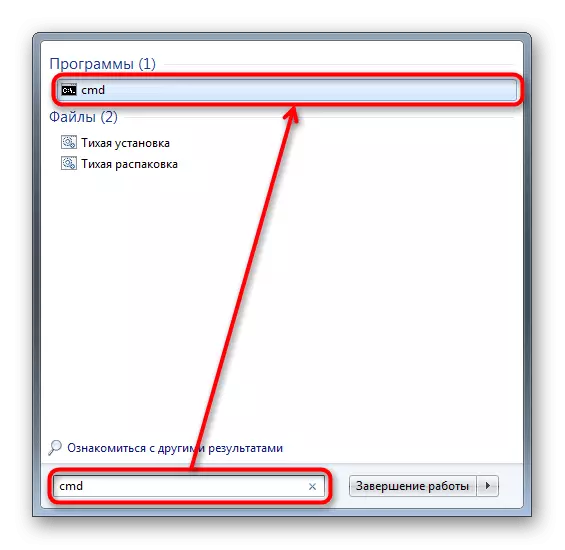
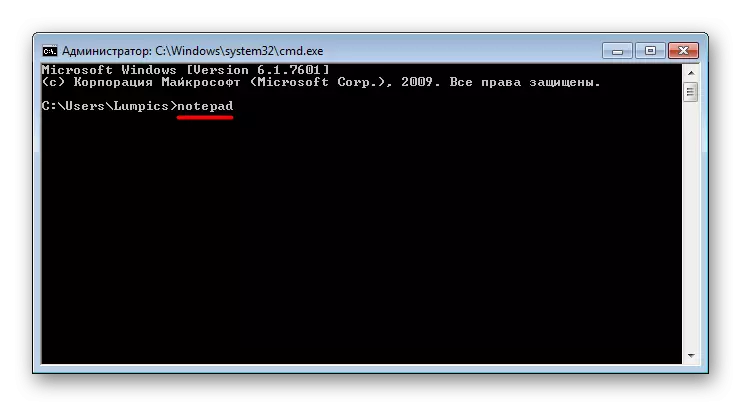
Method 4: Creating an empty text file
This method replaces the "Notepad" call, followed by saving the document that the empty file is already created and you can immediately ask him the name, and then open for editing. Being in any folder in which you have access rights, or on the desktop, click on your empty place right-click. From the context menu, select "Create"> "Text File".
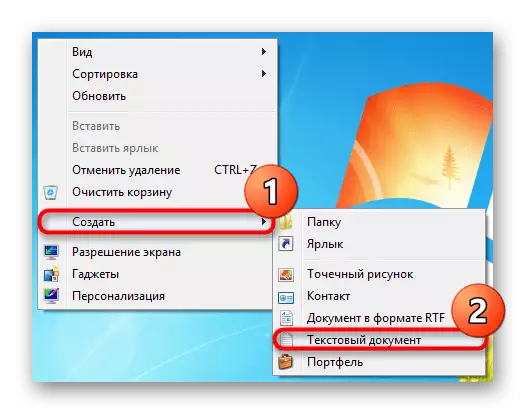
An empty document will appear in the active directory, and you can rename it, open and fill with text.
Method 5: Opening a "Notepad" file
To view some documents through the "Notepad", it is not necessary to call it at all. To do this, it is enough to click on the text file of the right mouse to you, select "Open using" and specify "Notepad" from the drop-down list.
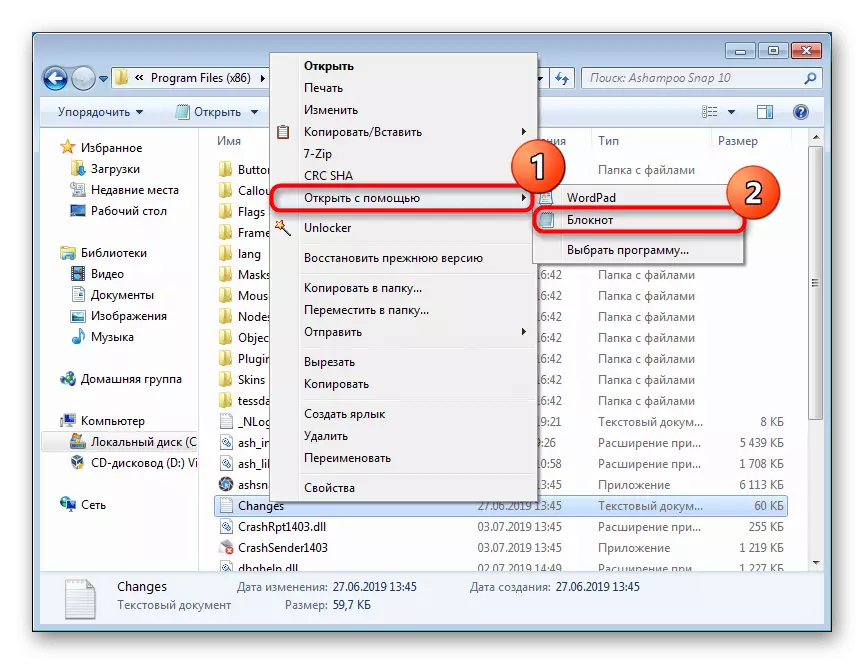
If there is no it in the list, click "specify the program" and find it from a more extensive list. You can open many popular extensions: TXT, RTF, LOG, HTML, etc. Some files without expansion can also be completely successful for them. For example, the hosts file that is often advised to check for third-party entries if it seems to you that there is a virus in the operating system.
Restoring notepad
Sometimes users cannot find "Notepad" in the "startup" because he disappeared from there or attempt to open any error occurs.
The first thing to check how this file is launched (and whether it is in general) in the system folder. To do this, via the "Explorer", follow the path C: \ Windows and in this folder, find the NotePad.exe program. Try running it. If this was crowned with success, you can simply add a shortcut on the desktop (click on the right mouse button, select "Create a shortcut" and drag it to the right place) or proceed to solving the problem in accordance with the resulting problem.
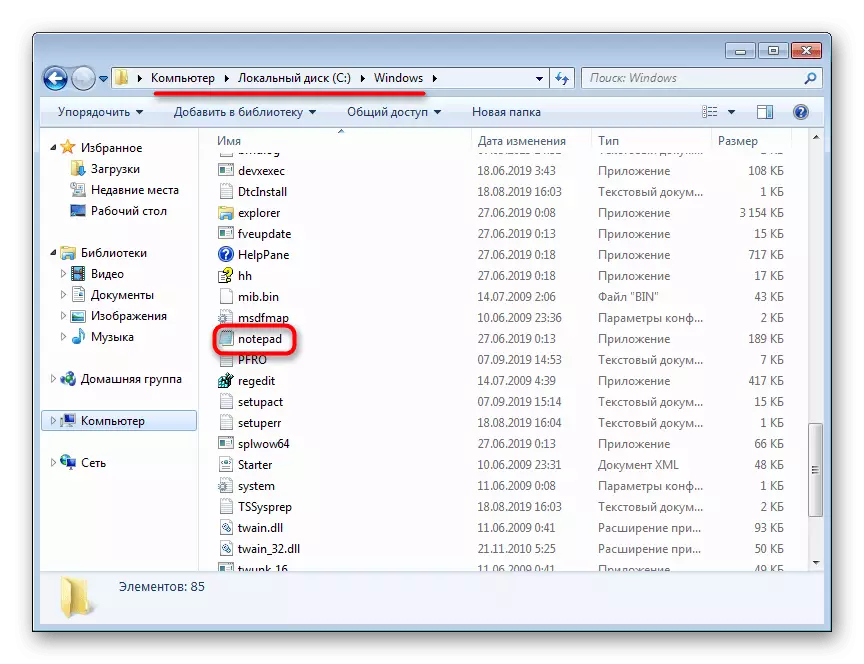
In the absence of a file, you can, of course, use the loading flash drive or hard disk, pulling out the "Notepad" from there, but for beginners, these manipulations may seem complex and impracticable. It is much easier to ask any friend who also installed Windows 7, go to C: \ Windows, copy "notepad.exe" and transfer it to you through the same flash drive or the Internet. You do not recommend this file from different sites, as it may be unsafe for PC. Upon receipt, you can only put it in the same place.
If you have a similar action, it is impossible or a file with "notepad" exists, but when you try to open it, problems appear, it may have been damaged. To scan and correct all the errors of the system, use the SFC / SCANNOW console command, which we told in detail in the other article on the link below, where you need to resort to a method 1 or, in rare situations, to method 2.
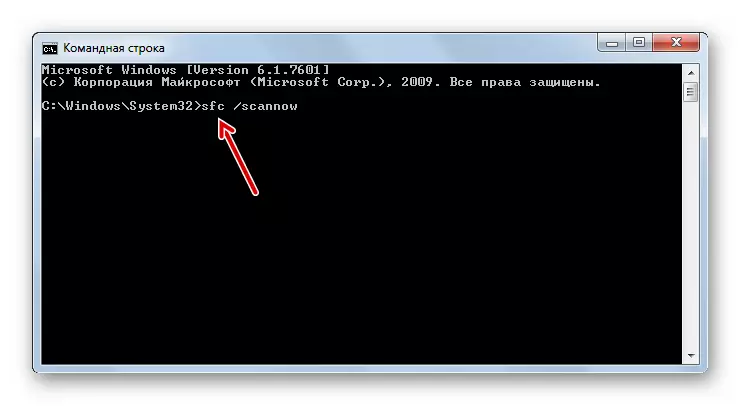
Read more: Restore system files in Windows 7
In rare cases, Windows is not able to restore system components using the above command, issuing an error. For such cases, developers have provided a special storage, which is used just to restore damaged components. How to use it, we told in a separate material.
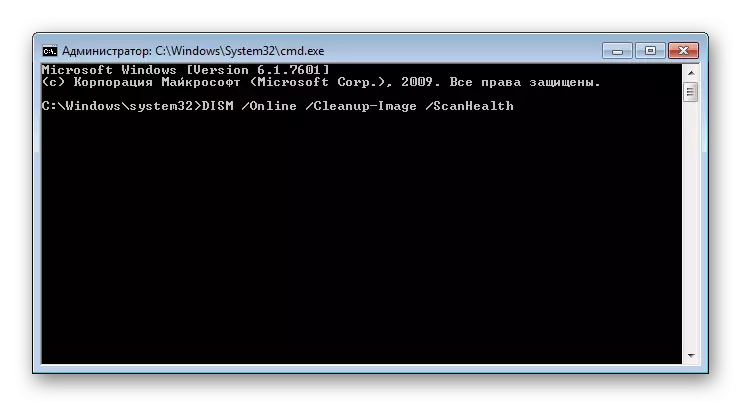
Read more: Restoring damaged components in Windows 7 with DISM
Be sure after the error recovery, the DISM command re-run the SFC utility through "Command Line"!
Now you know how you can not only open the "notebook" in the usual situation, but also to restore it with the problems that have arisen.
